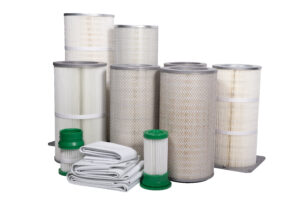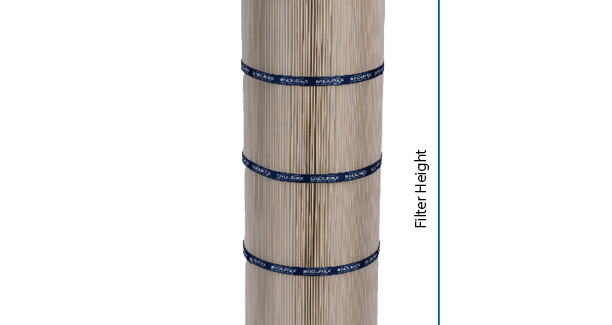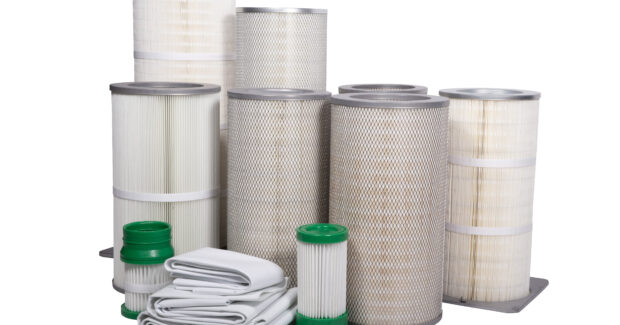Filter Fundamentals: Choosing the Right Filters for Welding and Metalworking
Proper filter selection and care will help you reduce operating costs and maintain a clean, healthy environment for workers.
Posted: August 29, 2024

Dust collection and air filtration are essential elements of worker health and safety in fabrication shops. Choosing the right filters for your dust collection system will help you extend filter life, reduce operating costs and ensure ongoing compliance with indoor air quality requirements.
Filter Types
First things first: what kind of filtration system should you use? There are several types of dust collectors on the market, including wet collectors, cyclones, baghouses and cartridge collectors. For most metalworking and fabricating operations, cartridge dust collectors offer the best combination of versatility, efficiency and performance. These collectors use a cylindrical filter with pleated filter media, which enables the overall dust collection system to be smaller and more energy efficient.
Filtration Efficiency
Filtration efficiency refers to how well the filter is able to capture particles in different size ranges. This is typically measured using the MERV rating system; the higher the rating, the better the filter is at capturing smaller particulate. Filter selection must consider both particle size and the hazard level of the fume (and the Permissible Exposure Level (PEL) you are required to meet). Most cartridge filters will have a MERV rating between 10 and 16 (though all will approach a MERV16 as they build up a dust cake). Things to keep in mind:
- For welding, laser cutting, and other thermal processes that create submicron particulate, a filter with a MERV rating of 15 or higher is usually recommended. Highly hazardous materials with low PELs, such as hexavalent chromium generated by welding stainless steel, will generally require a filter of MERV16; in some cases, a HEPA after-filter may also be recommended to further reduce exposure levels to submicron fume.
- For applications creating coarser particulate, such as manual cutting and grinding, filters with a MERV rating of 11 may be adequate.
- There is a tradeoff between filtration efficiency and energy use; the higher the filtration efficiency, the harder the system will have to work to push air through the filters.
Media Type
Cartridge filters come in several different media types, including basic cellulose media, polyester and cellulose-polyester blend. Some filters also have special coatings (such as nanofiber or PTFE) or are impregnated with chemicals that make them oleophobic, fire retardant, or anti-static.
- Nanofiber filters have high filtration efficiency and are excellent for submicron, thermally generated fumes.
- PTFE-coated filters have excellent surface release for longer filter life and high performance. They are also a great choice for oily, sticky or hygroscopic (moisture-containing) dust. However, if you are using metalworking fluids and generating heavy oil mists, you will need a specialized oil mist collector.
- Flame retardant media is recommended for hot work and spark-producing processes such as welding, cutting and grinding (along with appropriate spark arrestance technologies).
Filter Quality and Pleat Style
Cartridge filters can vary widely in quality and pleat style. Higher-quality filters may cost a bit more up front but will generate savings in the long run through longer filter life, less maintenance downtime, and lower pressure drop (and energy use) over the life of the filter.
- Make sure you have the right fit for your dust collector to ensure a proper seal and prevent leaks past the filters.
- Look for cartridge filters that are well-constructed with even pleat spacing, sturdy end caps and gaskets, and high-quality filter media.
Proper filter selection and care will help you reduce operating costs and maintain a clean, healthy environment for workers.
















